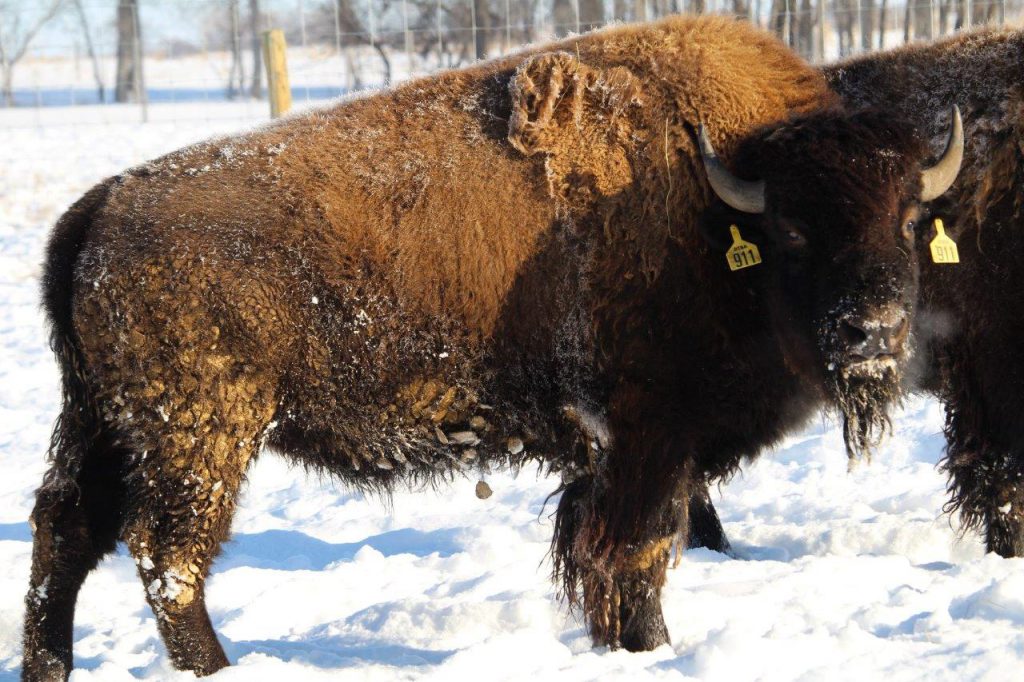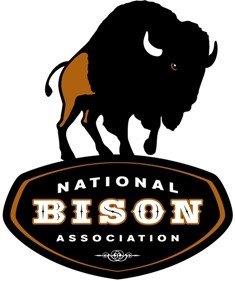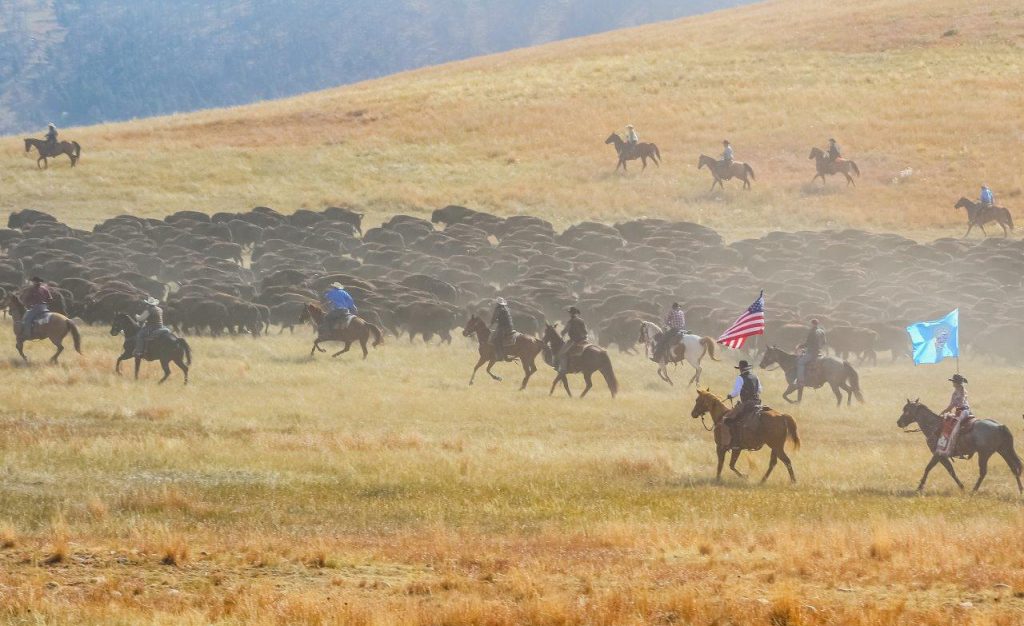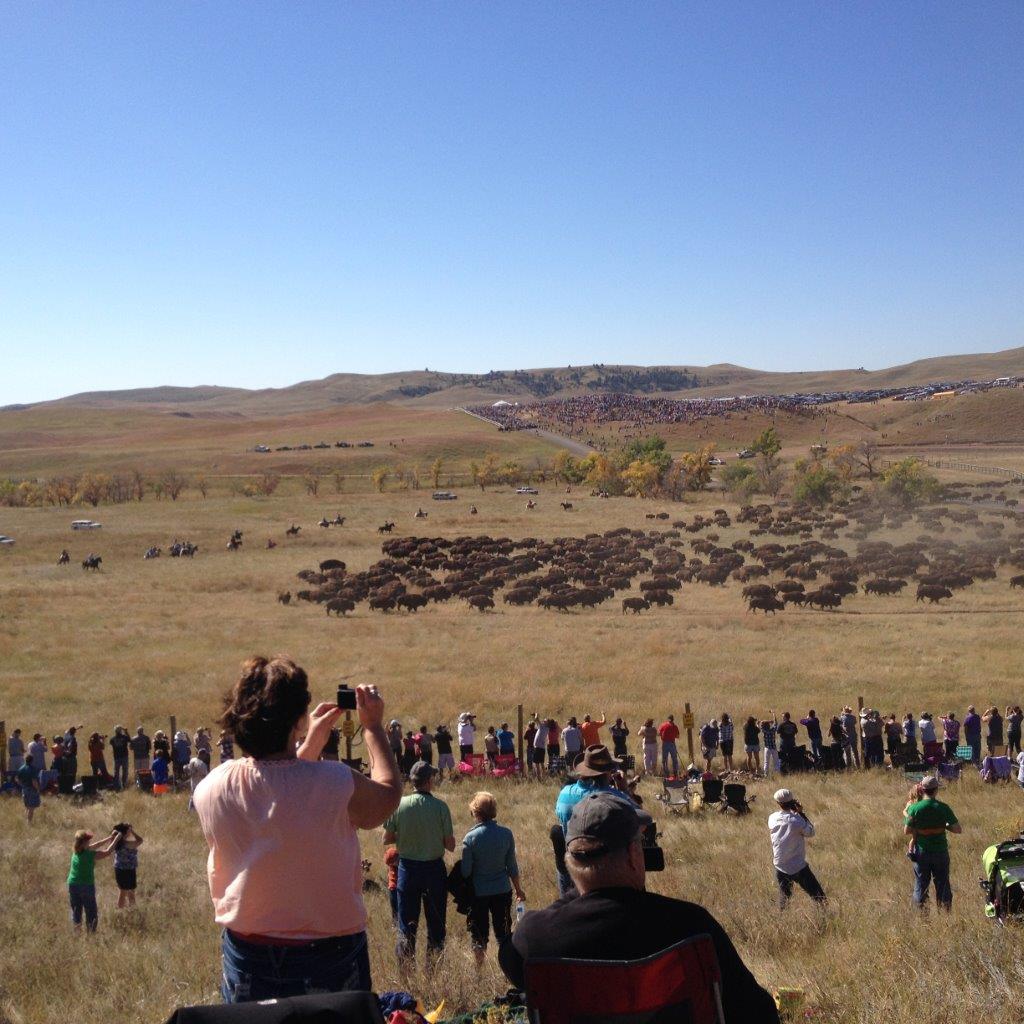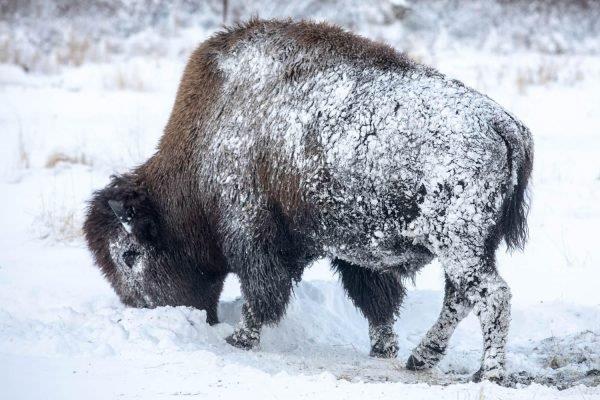
Wood Bison Reintroduced In Southwest Alaska See Another Year Of Loss, But With A Silver Lining

Wood buffalo in Alaska, ADF&Game
(From Alaska Public Radio)
An experimental wood bison herd introduced to the western Interior region five years ago experienced a decline this year due to harsh winter weather, but scientists say there’s still some good news.
According to a population survey conducted in June, there are 94 bison, including nine calves, in the population, which lives largely along the lower Yukon River. The population has declined by 19 animals since last year’s survey.
Biologist Tom Seaton attributes the decline to deep snow and cold temperatures late last winter in March and April. Bison need to eat grass to replenish the nutritional reserves they’ve depleted over the long winter, when layers of snow and ice prevented the animals from eating plants. Some could not survive.
The bison, which are native to the area, were reintroduced with enthusiastic local support in 2015. Since they were introduced, the population grew for three years and declined for two years. The declines align with harsh late winter conditions like those seen recently.
The good news is that the 2020 decline was less dramatic than the one in 2018, when there was a winter with similarly harsh conditions. That shows that the bison may be adapting to these conditions and learning to survive despite the challenging weather, said Seaton.
He said the bison have developed numerous skills since they were released from captivity: They’ve learned to navigate their range, avoid predators and find the best food.
Seaton says he sees the population as well-established at this point. And he expects that barring unusually harsh weather conditions, the population will continue to grow in the future.
Alaska News Nightly: Tues, Oct 20, 2020
Oct 21, KUAC

Francie M Berg
Author of the Buffalo Tales &Trails blog

